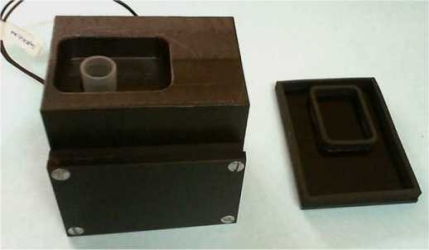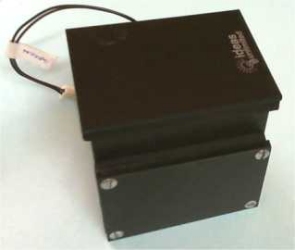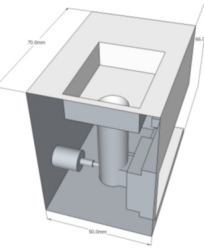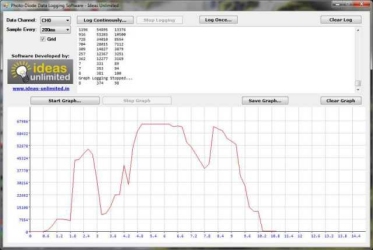Product and Technology Description
Ideas Unlimited developed this for
CFTRI (Central Food and Technological Research Institute, Mysore), for one of their projects to develop a low cost silicon photo-diode based Luminometer, which can detect very low intensity of Bio-Luminescence emitted by biological reactions.
CFTRI was working on Bio-luminescence based applications for detection of food contamination and other applications. In this initiative, as a first step, Ideas Unlimited has conceptualized and designed some prototype setups for experimenting with a silicon photo-diode to sense different bio-luminescence reactions and comparing results generated with lab grade equipment which use more expensive Photo-multiplier tubes.





